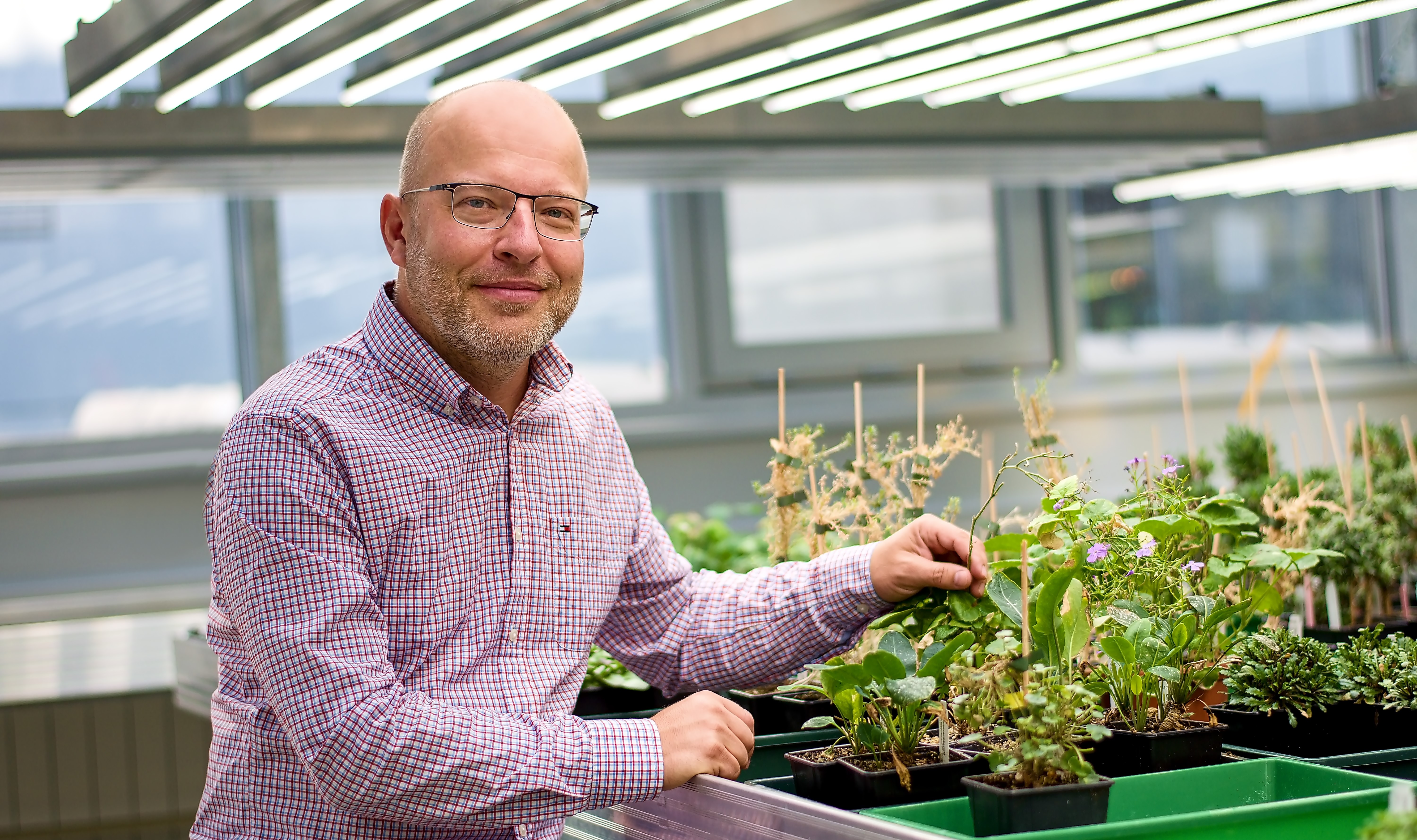29. Nov. 2021
Press Release;
Professor Martin Lysak from CEITEC MU participated in a new major study, co-led by Professor Ian Henderson from Plants Department at the University of Cambridge and Professor Mike Schatz from Johns Hopkins University, that was published in the latest issue of high impact journal Science. The multinational research team has sequenced the genome of the world’s most widely used model plant species, Arabidopsis thaliana, at a level of detail never previously achieved. Martin Lysak and his team provided physical validation of newly sequenced DNA sequences on Arabidopsis chromosomes.

Prior to this study, challenging regions of the Arabidopsis genome remained unassembled, including the centromeres. Each chromosome possesses a centromere, which is the site at which sister chromatids are held together and separate when chromosomes are distributed to two daughter cells during cell division. Centromeres have previously been impossible to probe due to their highly repetitive structure, leading to them being deemed the genomic equivalent of black holes. Now, for the first time, this study reveals the secrets of Arabidopsis centromeres, shedding light on their evolution and providing insights into a paradox that has mystified scientists for decades.
For decades, researchers have been trying to understand the paradox of how and why centromeric DNA evolves with extraordinary rapidity, whilst remaining stable enough to perform its job during cell division. In contrast, other ancient parts of the cell that have conserved roles, such as ribosomes, which make proteins from mRNA, tend to be very slow evolving. Yet the centromere, despite its conserved role in cell division, is the fastest evolving part of the genome. This study, by revealing the genetic and epigenetic topography of Arabidopsis centromeres, marks a step change in our understanding of this paradox.
This discovery was only achieved by bringing together specialists in molecular biology, computer science and cell biology from across the world. Professor Henderson commented, “this was truly a huge team effort that we could only achieve by working together,” with the study involving researchers from the University of Cambridge, Johns Hopkins University, Salk Institute for Biological Sciences, University of Sussex, Gregor Mendel Institute, CEITEC Brno, University of Sheffield, University of Tokyo, Cold Spring Harbor Laboratory, Ludwig-Maximilians-Universität Munich and Max Planck Institute for Plant Breeding Research.
Read the full press release at the University of Cambridge website.
Read the full article: The genetic and epigenetic landscape of the Arabidopsis centromeres, Science VOL. 374, NO. 6569
Source: University of Cambridge


 Share
Share